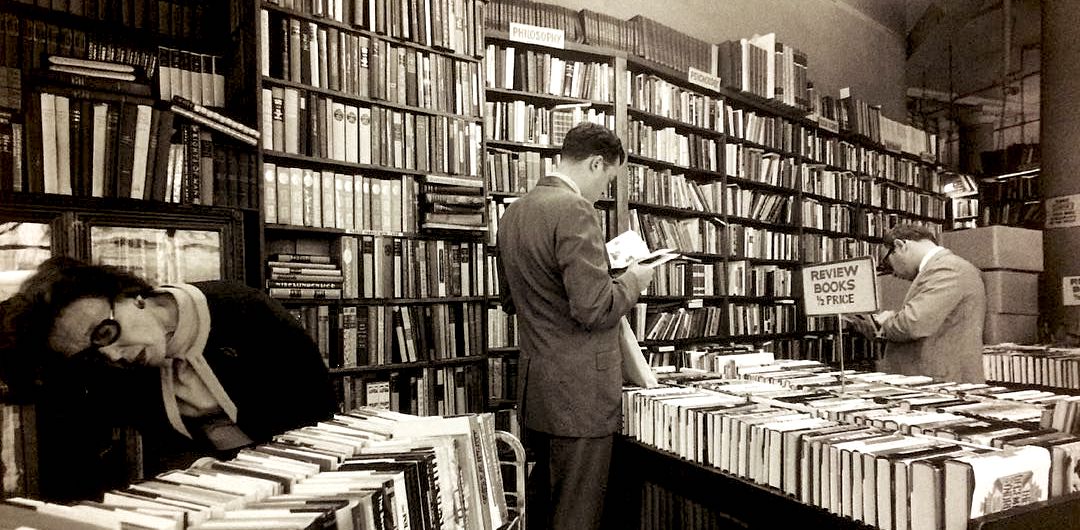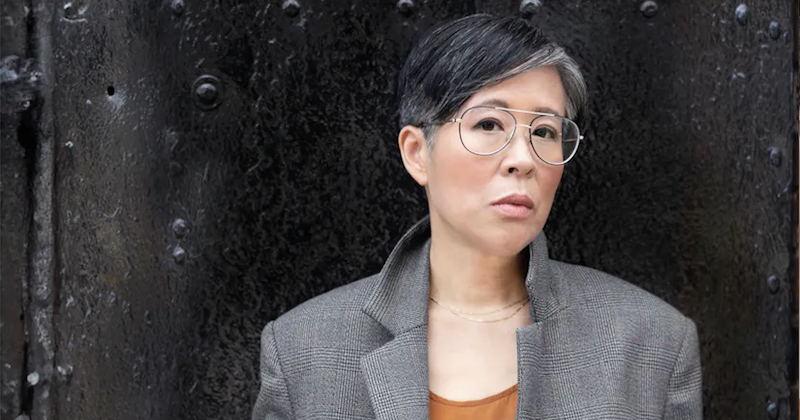When asked which historical female figure he would most like to dine with, Umberto Eco named the renowned medieval beauty Uta von Naumburg “above all others”. The same impulse appears to have been true of Günter Grass, if we are to take at face value a little story discovered in his archive and first published in Germany as Figurenstehen: Eine Legende (2022), seven years after his death.
A writer (and version of Grass) is invited to give a reading from his latest novel, The Rat (an actual novel by Grass: Die Rättin, 1986), in the GDR in the late 1980s, “back when the wall was standing as if by force of habit”. With his wife, Ute (Grunert), he visits the renowned life-size medieval donor statues in the west choir of Naumburg Cathedral, where he is particularly taken by the medieval margravine of Meissen, Uta. Because “you can do anything on paper”, Grass then invites the figures, or rather their erstwhile models, along with the anonymous Master of Naumburg, to an anachronistic meal of potatoes, bratwurst, fish fingers and cold cherry soup with flour dumplings. This is a familiar game for Grass, whose Das Treffen in Telgte (1979; The Meeting in Telgte, 1981) celebrated a fictional meeting of intellectuals during the Thirty Years’ War and simultaneously doubled as a sly reckoning with Germany’s postwar intelligentsia.
The winsome depiction of a time-travelling meal might have been a story in itself. In Kopfgeburten, oder die Deutschen sterben aus (1980; Headbirths: Or, the Germans are dying out, 1982), Grass created a poetological concept he called Vergegenkunft, an amalgam of the words for past, present and future – ultimately the time of art. Here we follow the Coca-Cola-drinking daughter of the Naumburg goldsmith, who stood as the model for Uta, as she abruptly departs Grass’s feast to busk as a living statue. For the next fifteen years Grass is unable to shake his memory of this figure, as he searches for the young model “with the narrow top lip and fleshy lower lip” wherever he goes. After the fall of the Berlin Wall, “whereupon everything promised or threatened to be completely different”, she surprises him in various guises, turning up in Cologne, Milan and Frankfurt with her dubious boyfriend in tow and her little tin bowl, now accepting euros and dollar bills. But it is the real Uta for whom he pines, with her fine features, staring into the void, unapproachable, timeless, seeming to see “current threats, past horrors and appalling futures”.
There is much that is vintage Grass here: an autofictional self; a satire of academia (Eco even gets a look-in); a gleeful celebration of food, sex and art; an ironic portrait of ageing; anxiety about the political lessons of the past and the “accelerated crises of our present”. The conclusion turns on another meeting and another meal, and even if the narrative finale falls a little flat, the real interest lies in the way Grass blends a political allegory about capitalism and nationhood with a reflection on the processes of art. In particular he is concerned with the way figures can appear in the mind of an author and take on new lives, new meanings of their own. The medieval Uta herself became an icon of classic Nordic beauty and was taken up in Nazi propaganda campaigns in the 1930s and early 1940s (including Fritz Hippler’s notorious Der Ewige Jude, 1940), at which point a generation of girls was named for her (including Grass’s wife). Uta is also said to be among the inspirations behind the Evil Queen in the Disney film Snow White (1937).
Michael Hofmann’s characteristically ebullient translation captures the arch self-irony of the narrator (“methought it was her”), as well as the darker tones, with some cod accents thrown in for good measure. (The translation as a whole is firmly pitched at a North American readership, with “fishsticks” and a “tony restaurant”.) Written in Grass’s holiday home on the island of Møn in 2003, The Living Statue was intended as an episode in the author’s sensationally unreliable autobiography, Beim Häuten der Zwiebel (2006; Peeling the Onion, 2007), which is now largely remembered for Grass’s confession of having served as a teenager with the Waffen SS during the dying days of the Second World War. With its mixture of political truth and extravagant legend, this story would certainly have fitted in there.
We can, in any case, be grateful that it has finally surfaced. When Günter Grass’s long-standing editor, Hilke Ohsoling, came across it in the archive, she also tracked down his lithographs of the Naumburg figures dating from 2001, along with eight terracotta figurines from his workshop. Several reproductions of the lithographs are included in this beautiful little book as a reminder of the author’s multiple talents.
Karen Leeder is the Schwarz-Taylor Chair of German at the University of Oxford. She is currently writing a book about German literature and memory
The post The statue and her makers appeared first on TLS.

 By Times Literary Supplement | Created at 2024-11-27 16:50:21 | Updated at 2024-11-28 02:35:12
10 hours ago
By Times Literary Supplement | Created at 2024-11-27 16:50:21 | Updated at 2024-11-28 02:35:12
10 hours ago







